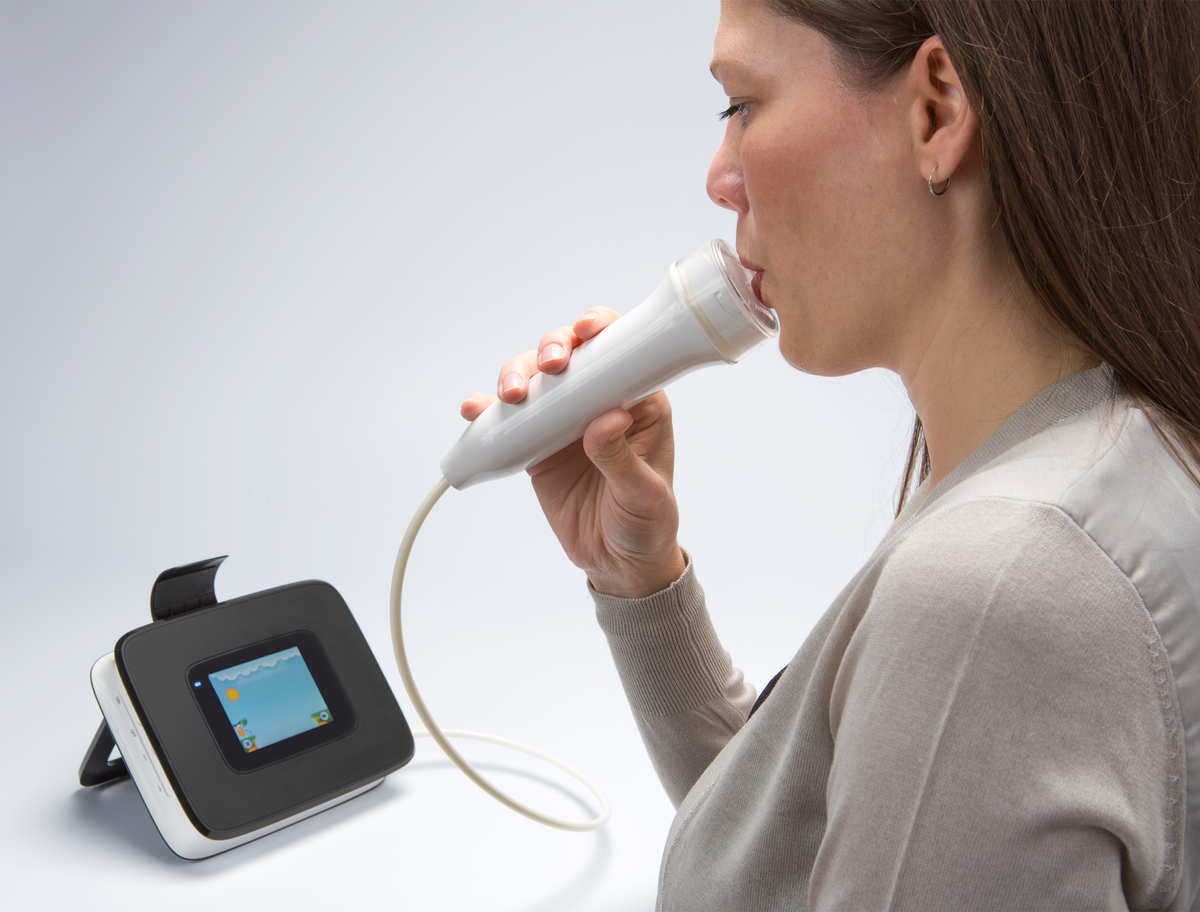
NIOX Group® is a Business Reporter client.
Asthma misdiagnosis is relatively common, yet one quick, non-invasive test can help with accurate diagnosis and pave the way for prompt and effective treatment for patients
Asthma is a common lung condition that causes breathing difficulties for millions of people, and diagnosis can be complicated. Affecting people of all ages, asthma can occur in both childhood and adulthood, even in the elderly. While there is no cure, treatments for this long-term condition are often effective in keeping symptoms under control.
For this, an early and clear diagnosis is important, yet it is not uncommon for child and adult patients to be misdiagnosed.
Asthma diagnosis
Symptoms of asthma include wheezing, breathlessness, a tight chest and coughing. As part of the diagnostic process, a healthcare professional will discuss a patient’s personal and medical history alongside a physical examination and a lung function test.
There may also be blood tests, a pulse oximeter on the finger to measure oxygen levels in the blood, allergy tests or a chest X-ray.
Exposure to environmental factors may worsen asthma. Common triggers include pets, pollen, dust mites, mold, specific foods or environmental irritants such as tobacco smoke.
Lung function tests
The main tests to diagnose asthma are lung function tests to assess the airways and how well a person inhales and exhales air from the lungs.
These include spirometry or peak flow tests, bronchial provocation tests that measure if the lungs are sensitive to certain irritants, or a FeNO (fractional exhaled nitric oxide) test to identify the level of nitric oxide (NO) in the breath.
FeNO devices measure NO because it is a biological indicator of asthma and helps show physicians the level of inflammation in the airways. NO is found in the atmosphere, is higher in areas with air pollution and is also produced naturally in the body, more so if there is inflammation. A higher level of NO in breath may be a sign of asthma.
Easy breath testing
FeNO testing embraces smart technologies, with some devices able to remove ambient NO from the air so that a personalised picture of airway inflammation in each patient’s lungs is represented by the result. It is a simple, quick and accurate approach to help diagnose asthma. It can also help avoid misdiagnosis.
Patients breathe in deeply using a plastic mouthpiece or cardboard tube attached to a monitor and breathe out until their lungs are empty. The FeNO test, conducted by a nurse or doctor, is often described as feeling “like blowing bubbles through a straw in a drink”.
Results are available in about one minute to help diagnose asthma, optimise treatment and improve asthma control. They are shown on the device screen in parts per billion (ppb) of NO in the breath. More than 50 ppb in adults and 35 ppb in children under 12 indicates inflamed airways.
Ahead of the test, people should avoid over-exerting themselves, avoid smoking, caffeine and alcohol, and avoid nitrate-rich foods such as green leafy vegetables at least one hour before the test.
Monitoring asthma
Although a helpful diagnostic tool, the test has an additional use in monitoring chronic asthma and helping healthcare professionals check if medication is working.
Benefits of FeNO testing, in combination with other tests, include improved accuracy of diagnosis for patients suspected of having asthma, improved patient outcomes, reduced risk of the condition getting worse or needing hospital admissions, and fewer inappropriate referrals to secondary care clinics.
Understanding asthma
The FeNO test can offer a prompt indication of asthma at the point of care.
A typical example is a patient having a cough and undergoing a FeNO test which reveals no airway inflammation, enabling the physician to move on to look at other reasons for the cough.
The NIH, medical societies such as the American Academy of Allergy, Asthma and Immunology, patient advocacy groups such as the Allergy & Asthma Network and the Asthma and Allergy Foundation of America, and various organisations and manufacturers, can provide information on FeNO testing and how it can build a better understanding of asthma and its management.
Patients can download information at fenoandasthma.com to take to their healthcare team to discuss FeNO testing.








